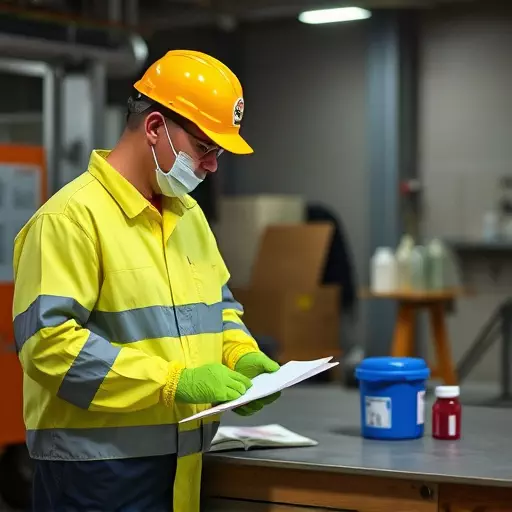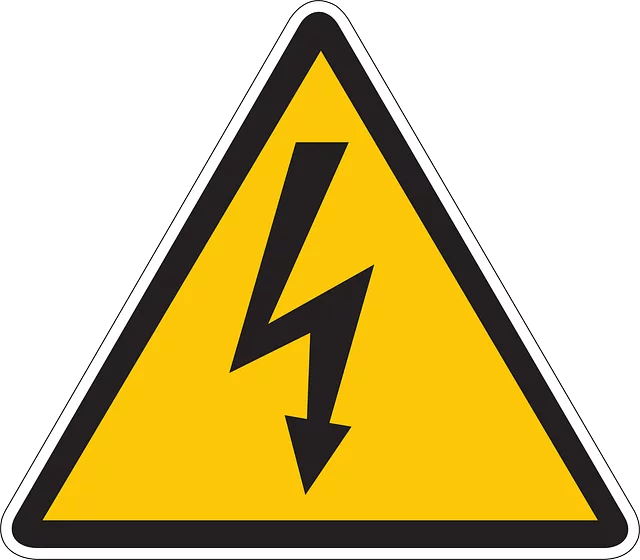OSHA workplace safety inspections drive hearing conservation programs by rigorously evaluating noise levels, equipment, protective measures, and Safety Data Sheet (SDS) management. Through these audits, employers identify non-compliance issues, strengthen hearing protection efforts (e.g., engineering controls, training), and uphold regulatory adherence, ultimately safeguarding employee hearing health. Effective hazard assessment protocols guide this process by identifying noise risks, guiding best practices for SDS handling, and fostering a culture of workplace safety awareness.
In today’s industrial landscape, hearing conservation is paramount. OSHA workplace safety inspections play a pivotal role in identifying and mitigating hearing hazards, ensuring employee well-being. This article delves into the crucial aspects of these audits, highlighting the significance of hazard assessment protocols and Safety Data Sheet (SDS) compliance. By understanding these key components, organizations can enhance their hearing protection programs, fostering a safer and healthier work environment.
- Understanding OSHA Workplace Safety Inspections and Their Role in Hearing Conservation
- The Importance of Hazard Assessment Protocols in Identifying Hearing Hazards
- Ensuring Safety Data Sheet (SDS) Compliance: A Critical Component of Hearing Protection Programs
- Comprehensive Audit Process: Steps to Evaluate and Improve Your Hearing Conservation Program
Understanding OSHA Workplace Safety Inspections and Their Role in Hearing Conservation
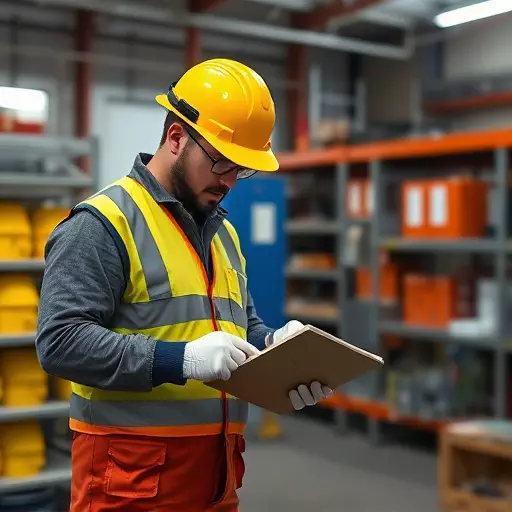
OSHA workplace safety inspections play a pivotal role in ensuring hearing conservation programs are effective and compliant. These inspections involve thorough assessments of work environments, focusing on potential hazards, including noise levels that could lead to hearing loss over time. By implementing rigorous hazard assessment protocols, inspectors verify that employers are adhering to established safety standards and regulations. This process includes examining equipment, evaluating protective measures in place, and reviewing safety data sheets (SDS) for chemical exposures that may contribute to hearing damage.
The findings from these inspections can drive significant changes in workplace practices. Non-compliance issues identified during the audits prompt employers to address gaps in their hearing conservation programs, such as improving engineering controls, implementing effective hearing protection protocols, and providing adequate training to workers. Effective compliance with OSHA guidelines not only protects employees’ hearing health but also demonstrates a commitment to overall workplace safety and regulatory adherence.
The Importance of Hazard Assessment Protocols in Identifying Hearing Hazards
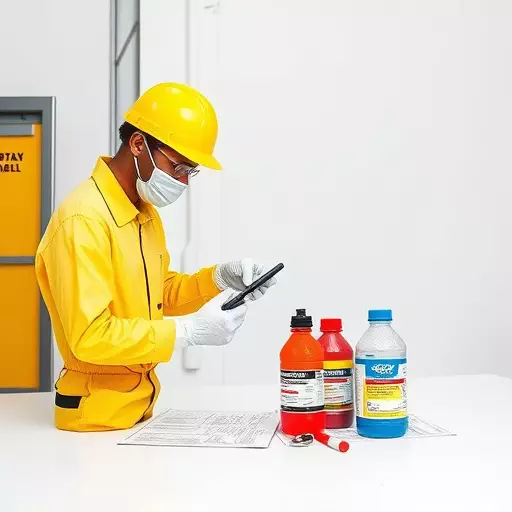
The initial step in implementing an effective hearing conservation program is conducting thorough hazard assessment protocols. These assessments play a pivotal role in identifying potential risks to workers’ hearing health, which is essential for OSHA workplace safety inspections. By systematically evaluating noise levels, sources, and exposure duration, organizations can pinpoint specific hearing hazards within their facilities. This process involves examining equipment, machinery, and work processes that may contribute to excessive noise exposure, ensuring compliance with safety data sheet requirements.
Well-structured hazard assessment protocols enable businesses to take proactive measures. They help in determining the extent of the problem, whether it’s from high-decibel machines or constant background noise. Armed with this knowledge, companies can implement appropriate controls, such as providing hearing protection equipment, engineering solutions, or scheduling regular breaks to reduce noise exposure. This proactivity not only ensures worker safety but also fosters a culture of workplace safety awareness and compliance with OSHA standards.
Ensuring Safety Data Sheet (SDS) Compliance: A Critical Component of Hearing Protection Programs
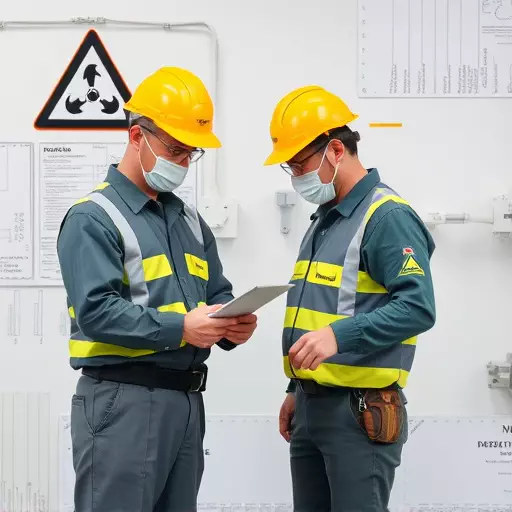
Ensuring Safety Data Sheet (SDS) compliance is a critical component of any comprehensive hearing protection program. During OSHA workplace safety inspections, one of the key areas of focus is the handling and storage of chemicals that may pose a risk to workers’ hearing. SDS provide essential information about chemical hazards, including their potential to cause hearing damage over time. By adhering to hazard assessment protocols, employers can effectively identify and mitigate these risks.
Non-compliance with SDS guidelines can lead to severe consequences, including regulatory penalties and most importantly, adverse health effects for employees. Proper training on reading and understanding SDS, as well as implementing safe handling practices, are essential steps in preserving hearing health in the workplace. Regular reviews and updates of SDS documentation should be part of standard operating procedures to keep up with changes in chemical formulations and potential hazards.
Comprehensive Audit Process: Steps to Evaluate and Improve Your Hearing Conservation Program
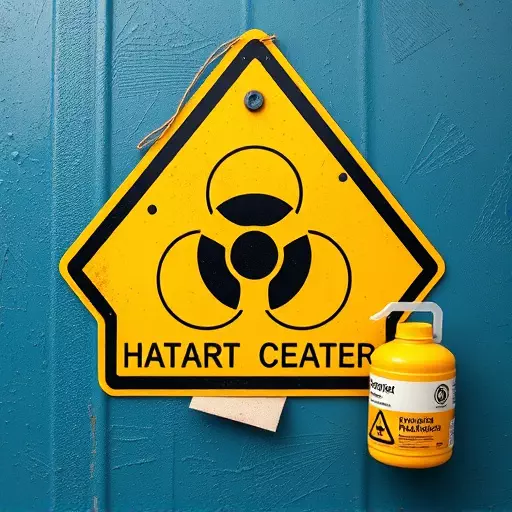
A comprehensive hearing conservation program audit involves a systematic evaluation to ensure compliance with OSHA workplace safety regulations and industry best practices. The process typically begins with a thorough hazard assessment, where potential noise risks are identified and characterized. This includes conducting sound level measurements at various workstations to determine exposure levels. Once hazards are mapped out, the next step is to review existing safety protocols and procedures. Organizations should assess their implementation of engineering controls, such as noise reduction equipment or acoustic treatments, to minimize employee exposure.
Furthermore, a detailed audit examines safety data sheet (SDS) management and distribution practices. SDS provide critical information about hazardous chemicals in the workplace, including potential hearing-related risks. It is essential to verify that these documents are readily accessible to all employees who may come into contact with such substances. Regular training sessions on hearing protection, proper use of PPE, and emergency response procedures should also be part of the audit, ensuring a comprehensive review that can identify areas for improvement in overall workplace safety.
